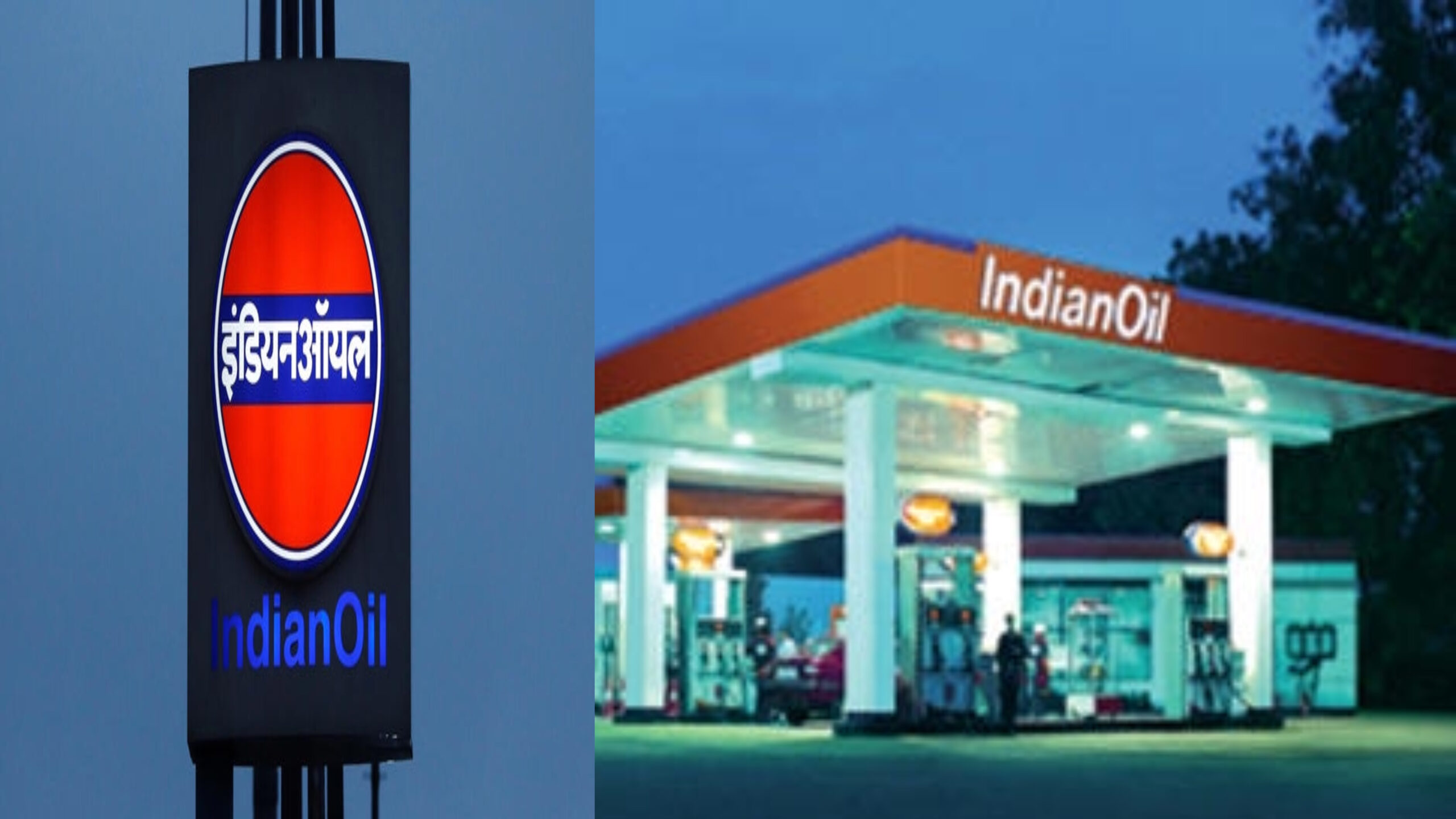Indian Oil Corporation recorded a standalone net profit of Rs 8,063.39 crore for the October-December quarter of the fiscal year 2023-24, marking a substantial increase of over Rs 448.01 crore compared to the same period in the previous year. Despite this positive financial outcome, it is noteworthy that the profit witnessed a decline from the preceding quarter, with the September quarter reflecting earnings of Rs 12,967.32 crore. The primary contributing factor to the surge in profits during Q3FY24 was an augmentation in marketing margins. This boost came as a consequence of a strategic decision to freeze petrol and diesel price revisions, even as input crude oil prices experienced a decrease. This approach facilitated the recovery of losses incurred when fuel rates were soaring in the financial year 2022-23.
The Q3FY24 pre-tax earnings from petroleum product sales experienced a significant upswing, soaring to Rs 11,428.88 crore compared to Rs 1,541.95 crore in the same period last year.In contrast, revenue from operations exhibited a marginal dip, standing at Rs 2.23 lakh crore in Q3FY24 compared to Rs 2.28 lakh crore in the corresponding period a year earlier. This slight decrease in revenue was attributed to the prevailing lower oil prices during the period under review.
In a formal statement, Indian Oil Corporation emphasized that the profitability over the nine-month period was notably higher, primarily due to augmented marketing margins and reduced exchange losses. The company’s adept handling of market dynamics and its strategic decisions regarding price revisions and marketing strategies played a pivotal role in achieving this favorable financial outcome.
It is noteworthy that IOC’s earnings per barrel of crude oil processed into fuel exhibited a decline, standing at $13.26 during April-December 2023. In comparison, the gross refining margin in the corresponding period of the previous fiscal year was notably higher at $21.08. This decline in gross refining margin indicates a shift in market conditions and emphasizes the impact of fluctuating crude oil prices on the refining segment of IOC’s operations.
The financial performance of Indian Oil Corporation underscores the resilience of the company in navigating the complex dynamics of the oil and gas sector. The strategic decision to freeze petrol and diesel prices during a period of declining crude oil prices reflects a nuanced approach to risk management and a commitment to mitigating potential losses. The surge in pre-tax earnings from the sale of petroleum products is indicative of effective market positioning and the successful execution of marketing strategies.
Despite the marginal dip in revenue from operations, Indian Oil Corporation remains a key player in the energy sector, contributing significantly to India’s energy landscape. The company’s ability to adapt to market conditions, optimize marketing margins, and maintain profitability in a volatile economic environment highlights its strategic prowess and operational agility.
Looking ahead, Indian Oil Corporation’s financial performance will likely continue to be influenced by global oil market dynamics, geopolitical events, and macroeconomic factors. The company’s ability to navigate these challenges while capitalizing on emerging opportunities will be crucial for sustaining its position as a major player in the energy sector.
Indian Oil Corporation’s Q3FY24 profit surge of Rs 8,063.39 crore showcases strategic resilience. Marketing margin boosts, despite a lower revenue of Rs 2.23 lakh crore, affirm effective risk management. A notable drop in gross refining margin to $13.26 per barrel signals adaptability amidst fluctuating crude prices. IOC’s nimble strategies mark its continued prominence in India’s energy sector.
In conclusion, Indian Oil Corporation’s Q3FY24 financial results reflect a robust performance, with a notable increase in standalone net profit. The strategic decisions taken by the company, including the freeze on petrol and diesel price revisions, have contributed to the recovery of losses and the augmentation of marketing margins. Despite the dip in revenue from operations and the decline in gross refining margin per barrel, the overall financial outlook remains positive, underscoring the company’s resilience and strategic acumen in a dynamic market environment.

